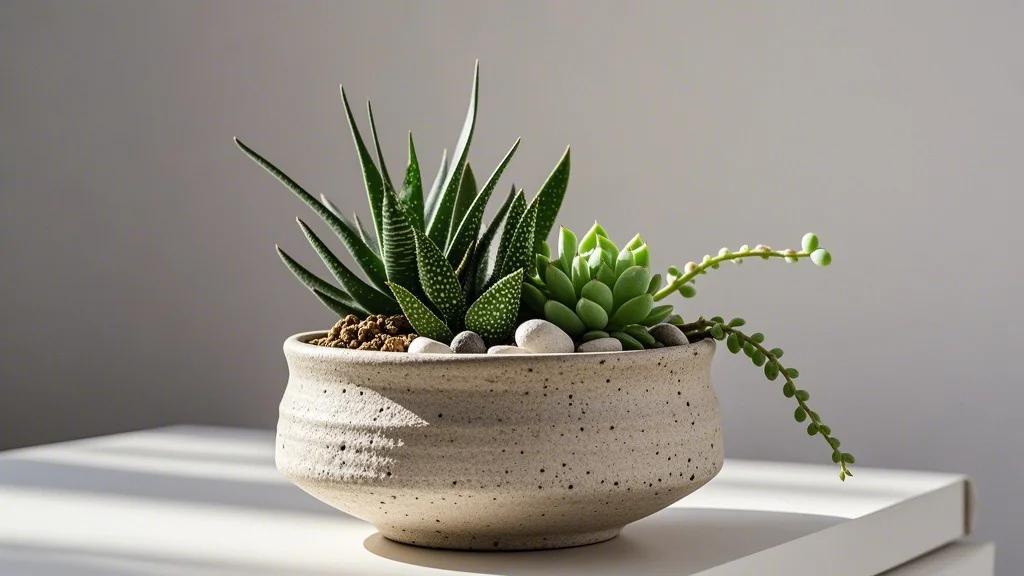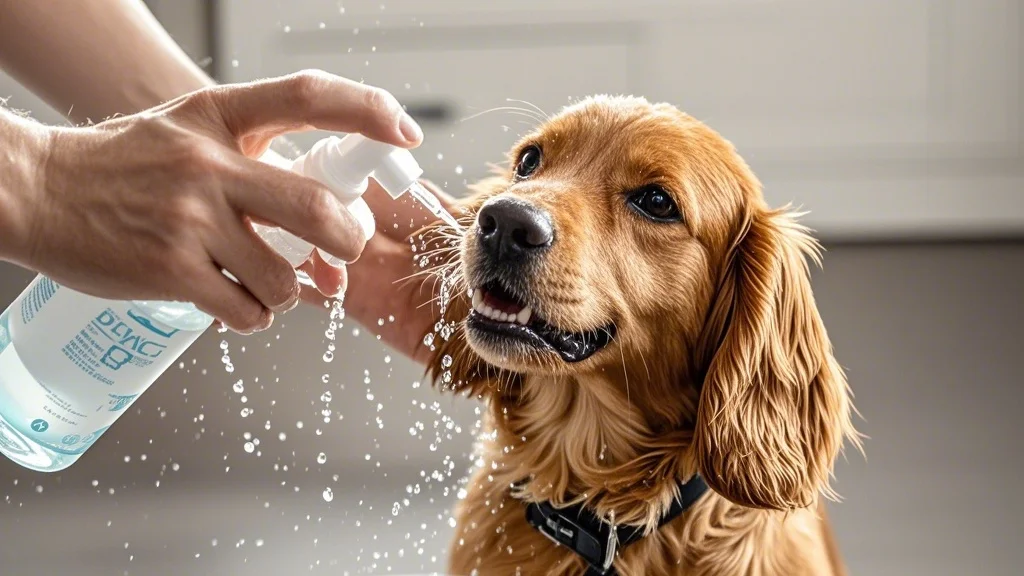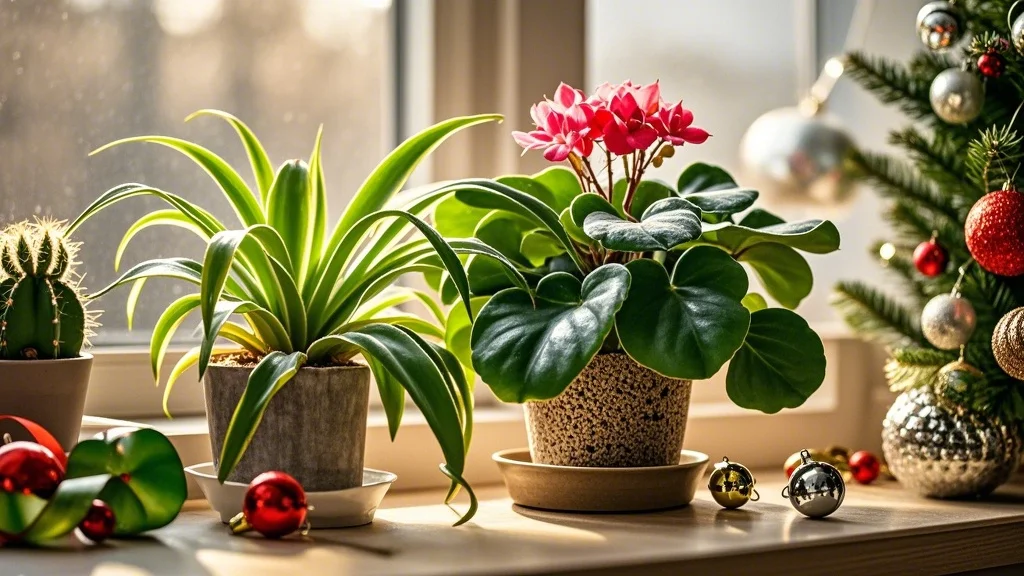As pet owners and plant enthusiasts, we often strive to create a lush, green oasis in our homes. However, it’s crucial to be aware that some popular houseplants can pose serious health risks to our furry companions. This comprehensive guide will help you identify common toxic houseplants, understand their potential dangers, and discover pet-friendly alternatives to keep your home both beautiful and safe for your beloved animals.
Contents
Why Some Plants are Toxic to Pets
Plants have evolved various defense mechanisms to protect themselves from herbivores, including the production of toxic compounds. While these substances may deter wild animals, they can be harmful or even fatal to our domesticated pets. Cats and dogs, in particular, are often curious and may chew on or ingest houseplants, leading to potential poisoning.
Common Toxic Houseplants
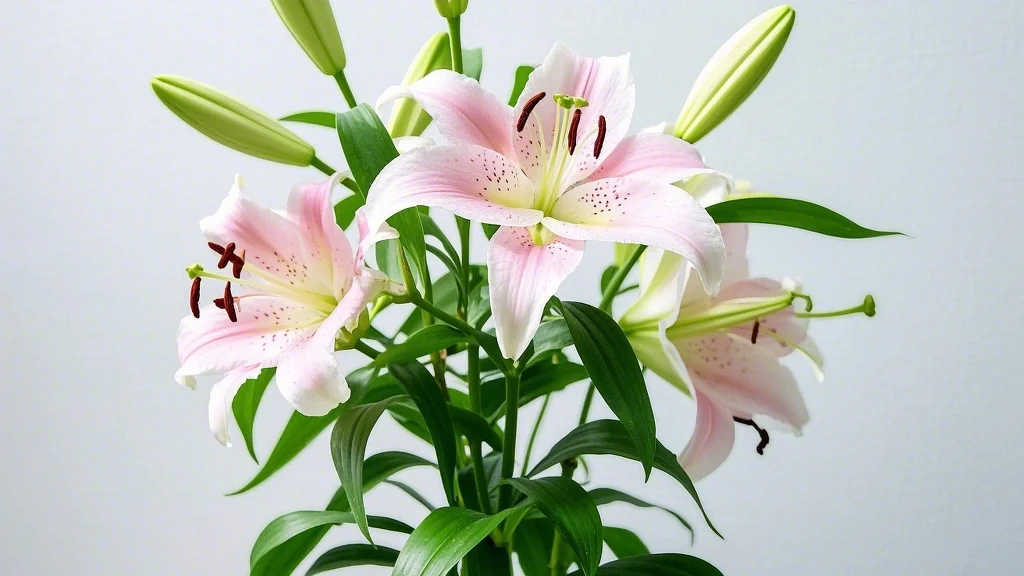
1. Lilies (Lilium spp.)
Lilies are extremely toxic to cats, with all parts of the plant capable of causing severe kidney failure. Even small amounts can be lethal.
Symptoms:
- Vomiting
- Lethargy
- Loss of appetite
- Kidney failure
Safe alternatives: African violets, orchids, or spider plants
2. Sago Palm (Cycas revoluta)
All parts of the sago palm are poisonous, with the seeds being the most toxic. Ingestion can cause severe liver failure in both dogs and cats.
Symptoms:
- Vomiting
- Diarrhea
- Seizures
- Liver failure
Safe alternatives: Parlor palm, ponytail palm, or areca palm
3. Dieffenbachia (Dumb Cane)
The dieffenbachia contains calcium oxalate crystals, which can cause severe oral irritation and swelling in pets.
Symptoms:
- Oral pain and swelling
- Difficulty swallowing
- Excessive drooling
Safe alternatives: Prayer plant, calathea, or Boston fern
4. Philodendron
Like dieffenbachia, philodendrons contain calcium oxalate crystals that can cause oral irritation and gastrointestinal upset.
Symptoms:
- Oral irritation
- Drooling
- Vomiting
- Difficulty swallowing
Safe alternatives: Peperomia, Swedish ivy, or baby tears
5. Pothos (Epipremnum aureum)
Pothos plants contain insoluble calcium oxalates, which can cause similar symptoms to philodendrons.
Symptoms:
- Oral irritation
- Drooling
- Vomiting
- Difficulty swallowing
Safe alternatives: Hoya, Swedish ivy, or lipstick plant
6. Aloe Vera
While beneficial for humans, aloe vera can be toxic to pets if ingested, causing gastrointestinal upset and, in some cases, tremors.
Symptoms:
- Vomiting
- Diarrhea
- Lethargy
- Tremors
Safe alternatives: Haworthia, echeveria, or burro’s tail
7. Snake Plant (Sansevieria)
Snake plants contain saponins, which can cause gastrointestinal upset in pets if ingested.
Symptoms:
- Nausea
- Vomiting
- Diarrhea
Safe alternatives: Cast iron plant, bird’s nest fern, or Chinese money plant
8. English Ivy (Hedera helix)
The leaves and berries of English ivy contain triterpenoid saponins, which can cause gastrointestinal upset and, in severe cases, breathing difficulties.
Symptoms:
- Vomiting
- Diarrhea
- Excessive drooling
- Difficulty breathing
Safe alternatives: Swedish ivy, baby tears, or string of pearls
9. Peace Lily (Spathiphyllum)
Peace lilies contain calcium oxalate crystals, which can cause oral irritation and gastrointestinal upset in pets.
Symptoms:
- Oral irritation
- Drooling
- Difficulty swallowing
- Vomiting
Safe alternatives: Bird’s nest fern, Boston fern, or spider plant
10. Monstera (Swiss Cheese Plant)
Monstera plants contain insoluble calcium oxalates, which can cause oral and gastrointestinal irritation in pets.
Symptoms:
- Oral irritation
- Drooling
- Vomiting
- Difficulty swallowing
Safe alternatives: Parlor palm, bird’s nest fern, or staghorn fern
Signs of Plant Poisoning in Pets
It’s essential to be aware of the signs of plant poisoning in pets. If you suspect your pet has ingested a toxic plant, contact your veterinarian immediately. Common symptoms include:
- Vomiting
- Diarrhea
- Drooling
- Difficulty breathing
- Lethargy
- Loss of appetite
- Tremors or seizures
- Changes in urination habits
- Weakness
- Collapse
Prevention and Pet-Proofing Your Home
To keep your pets safe while still enjoying houseplants, consider the following tips:
- Research before buying: Always research a plant’s toxicity before bringing it into your home.
- Keep plants out of reach: Place toxic plants in hanging baskets or on high shelves where pets can’t access them.
- Use deterrents: Apply pet-safe repellents to plants or surrounding areas to discourage pets from approaching.
- Provide alternatives: Offer pet-safe plants or grass for cats to chew on, satisfying their natural urge to nibble on greens.
- Supervise outdoor time: Be aware of potentially toxic plants in your yard or neighborhood when pets are outside.
- Regular grooming: Brush your pets regularly to remove any plant material that may be caught in their fur.
- Train your pets: Teach your pets the “leave it” command to discourage them from interacting with plants.
- Create a pet-safe plant area: Designate a specific area in your home for pet-safe plants that your furry friends can enjoy without risk.
Pet-Friendly Houseplants
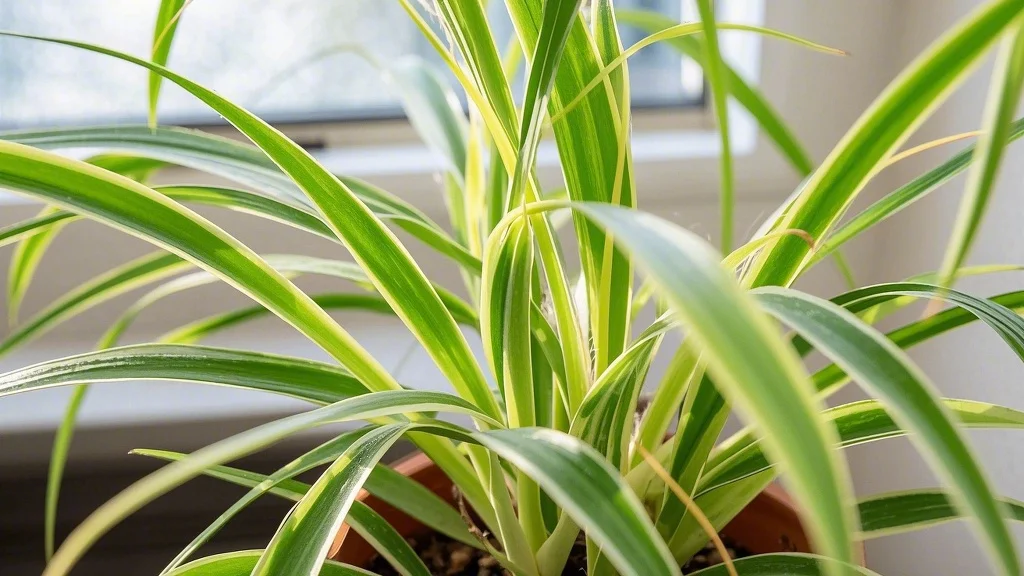
Fortunately, there are many beautiful houseplants that are safe for pets. Here’s a list of some popular pet-friendly options:
- Spider Plant (Chlorophytum comosum)
- Boston Fern (Nephrolepis exaltata)
- African Violet (Saintpaulia)
- Parlor Palm (Chamaedorea elegans)
- Echeveria and other succulents
- Areca Palm (Dypsis lutescens)
- Ponytail Palm (Beaucarnea recurvata)
- Calathea
- Peperomia
- Swedish Ivy (Plectranthus verticillatus)
- Baby Tears (Soleirolia soleirolii)
- Haworthia
- Burro’s Tail (Sedum morganianum)
- Cast Iron Plant (Aspidistra elatior)
- Chinese Money Plant (Pilea peperomioides)
What to Do in Case of Poisoning
If you suspect your pet has ingested a toxic plant, take the following steps:
- Remove any remaining plant material: If possible, safely remove any plant material from your pet’s mouth or surrounding area.
- Identify the plant: Try to identify the plant your pet has ingested. Take a sample or photo if possible.
- Contact your veterinarian: Call your vet immediately for advice. Provide them with information about the plant and your pet’s symptoms.
- Follow professional advice: Your vet may recommend bringing your pet in for treatment or may provide at-home care instructions.
- Do not induce vomiting: Unless specifically instructed by a veterinarian, do not attempt to make your pet vomit.
- Collect samples: If your pet has vomited, collect a sample to bring to the vet for analysis.
- Monitor your pet: Keep a close eye on your pet’s behavior and symptoms, and report any changes to your vet.
Conclusion
Creating a beautiful, plant-filled home doesn’t have to come at the expense of your pet’s safety. By being aware of common toxic houseplants and opting for pet-friendly alternatives, you can cultivate a lush indoor garden that’s safe for all members of your household. Remember to always research plants before bringing them into your home, keep toxic plants out of reach, and be prepared to act quickly if you suspect plant poisoning. With careful planning and consideration, both your pets and your plants can thrive in harmony.
Additional Resources
For more information on toxic plants and pet safety, consider consulting the following resources:
- ASPCA Animal Poison Control Center
- Pet Poison Helpline
- Your local veterinarian
- Botanical gardens or horticultural societies for plant identification assistance
By staying informed and making thoughtful choices, you can create a safe and beautiful plant-filled environment that both you and your pets can enjoy for years to come.

